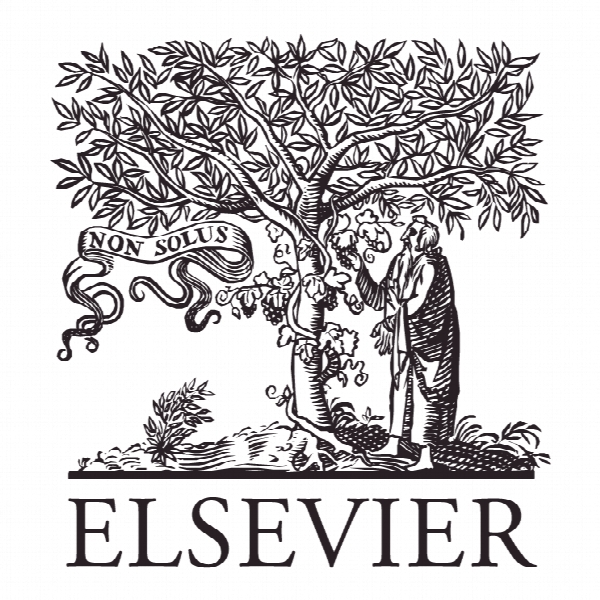استراتژی برای افزایش قابلیت اطمینان و طول عمر اینورتر DC-AC مورد استفاده برای توربین های بادی Strategy for enhancing reliability and lifetime of DC-AC inverters used for wind turbines
- نوع فایل : کتاب
- زبان : انگلیسی
- ناشر : Elsevier
- چاپ و سال / کشور: 2018
توضیحات
رشته های مرتبط مهندسی برق و انرژی
گرایش های مرتبط مهندسی الکترونیک، سیستم های قدرت و انرژی های تجدید پذیر
مجله اعتبار میکرو الکترونیک – Microelectronics Reliability
دانشگاه Middle East Technical University Northern Cyprus Campus – Turkey
منتشر شده در نشریه الزویر
کلمات کلیدی انگلیسی Reliability, Lifetime, Power electronics, Wind turbines, DC-AC inverters
گرایش های مرتبط مهندسی الکترونیک، سیستم های قدرت و انرژی های تجدید پذیر
مجله اعتبار میکرو الکترونیک – Microelectronics Reliability
دانشگاه Middle East Technical University Northern Cyprus Campus – Turkey
منتشر شده در نشریه الزویر
کلمات کلیدی انگلیسی Reliability, Lifetime, Power electronics, Wind turbines, DC-AC inverters
Description
1. Introduction In wind turbines, power electronic converters (PECs) switching devices e.g. insulated gate bipolar transistors (IGBTs) have earlier break down mechanisms [1] compared to the other elements. This is caused by thermo-mechanical effects or long-term exposure to high temperatures during variable mission profiles [2] under changing weather conditions. IGBT modules consist of different layers as shown in Fig. 1, with different material properties. During its operation, temperature cycling generates stress within bonded materials which have different coefficient of thermal expansions (CTEs) [3]. This causes fatigue at regions such as bonding wire or solder; hence, degradations and eventual failures occur [4]. According to Lu et al. [6], almost 60% of failures are caused by temperature cycling. Two main failure mechanisms are solder fatigue and bond wire lift-off. Thermal resistance increment occurs due to the solder fatigue, and on-state voltage increment is commonly caused by the wire bond lift off [7]. Reconstruction of the aluminium metallization mostly initiates bond wire lift-off due to the plastic stress relaxation of the aluminium. During power cycling, it causes increment in the collector to emitter voltage which results in higher power losses and hence increases temperature profile of chips [8]. This expedites the bond wire lift-off due to the stress caused by thermal expansion between wire bond and the chip [9]. A sample view of the wire bond liftoff can be seen in Fig. 2. After an emitter wire lift off, the associated chip is no longer able to conduct the current; hence other bond wires are forced to conduct higher current. This also causes a continual lift off for the other wires as they may experience more current than they are capable of [9]. In order to detect such temperature induced failure occurring, accurate electro thermal modelling is essential. Proper thermal models with heat coupling effect analysis were considered in [10,11]. These works studied a thermal impedance matrix that was convenient for thermal coupling effect estimations and most suitable way to represent actual heat path through the device. Drofenik et al. [12] expanded the study proposed in [10] from air cooled to a water cooled heat sink model for a power module. Total of 2% maximum temperature difference was observed when compared between FEM and infrared camera estimations. An experimental power cycling test proposed by Forest et al. [13] studied for ageing of IGBT power modules by monitoring device temperature and on-state voltage for detecting possible wire bond degradation and emitter metallization for the test devices IGBT modules. The average lifetime of the devices varied between 550,000 to 660,000 cycles and degradations were observed for the wire bond. von Mises stress was studied for analysing strain distributions due to thermal expansion and it was estimated that the highest stress occurred at the centre upper solder and gate bond wire [14]. Recently, Medjahed et al. [15] studied electro thermal stress for wire bonds of IGBT module located the maximal value (10 MPa) at the tail of the wire, near heel area where main failure modes occur close to this specific region. Description of power cycling experiments using the Joule heating of the bond wires for finding failures are presented in [16]. Ozkol et al. [17] studied power cycling performance of IGBT modules by implementing wire bond layout of the emitter contact.


